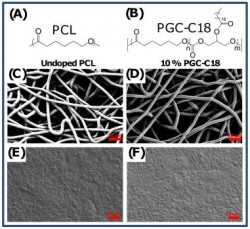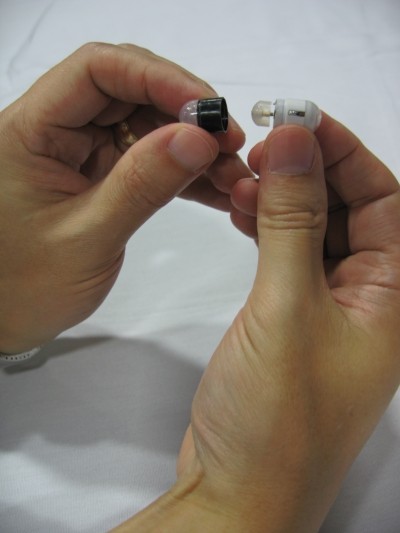Air can be used as barrier for controlled drug release, say scientists

The tech, developed at Boston University, uses drug-loaded polymeric meshes with a removable air pocket that acts as a barricade.
When the air was removed, the team – led by Grad student Stefan Yohe, and professor Mark Grinstaff – found the rate of release could be extended for two or three month periods.
Brigham and Women’s Hospital’s Yolanda Colson – a thoracic surgeon as well as researcher on the study – said the finding is significant for a multitude of clinical applications.
She said: “The ability to control drug release over a two to three month period is of significant clinical interest in thoracic surgery with applications in pain management and in the prevention of tumour recurrence after surgical resection.”
The researchers hope the paper, titled ‘Superhydrophobic Materials for Tunable Drug Release: Using Displacement of Air to Control Delivery Rates’ will grab attention in the field of drug-loaded mesh, and will facilitate further exploration of polymeric mesh materials.
The tech
The mesh – a porous 3D superhydrophobic electrospun material – was prepared using biocompatible building blocks.
In order to trap air in the material, the team created meshes with contact angles greater than 150° which characterises a superhydrophobic surface – a surface which traps air when it becomes wet; the air molecule unable to escape from under a water droplet.
Such materials can be observed in nature, with leaves or insect wings.
The study demonstrates that it is the contact angle of the mesh that dictates the rate at which water penetrates into the porous network and displaces entrapped air. The contact angle of the mesh was reduced with the introduction of a model bioactive agent known as SN-38, therefore allowing the airpocket to escape.
Yohe concluded: “Finally, the entrapped air layer within superhydrophobic meshes is shown to be robust in the presence of serum, where drug loaded meshes are efficacious against cancer cells in vitro for more than 60 days, thus demonstrating applicability for long-term drug delivery.”










